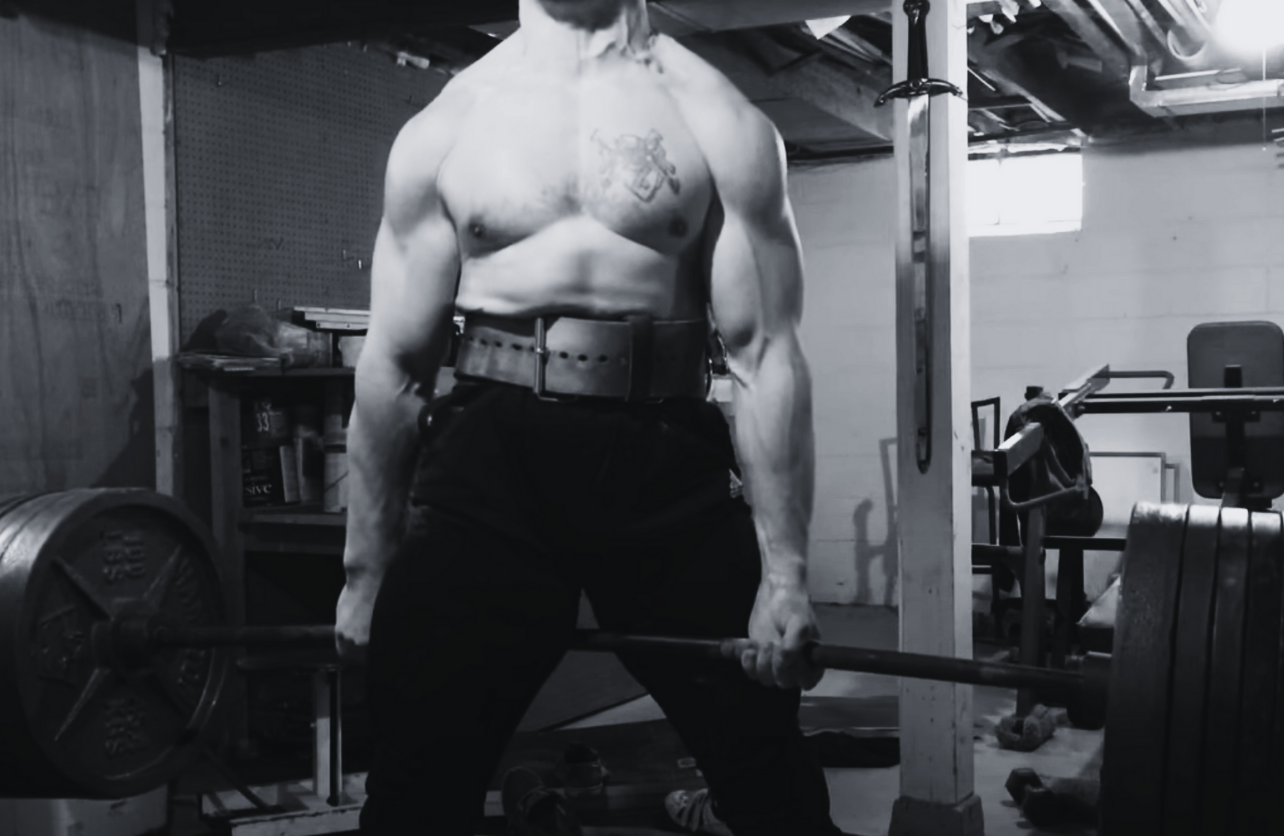Are Jefferson Deadlifts Safe?

The Jefferson deadlift is an unconventional yet effective variation of the traditional deadlift. Its unique setup involves standing over the barbell with one foot in front and the other behind, lifting the bar between your legs. This stance introduces asymmetrical loading, which engages muscles in a way that differs from conventional deadlifts. While its unusual mechanics may raise safety concerns, the Jefferson deadlift can be a safe and beneficial exercise when performed correctly.
Understanding the Jefferson Deadlift
Unlike conventional or sumo deadlifts, the Jefferson deadlift places the barbell between your legs rather than in front of your body. This staggered stance creates a unique challenge for balance and coordination, engaging muscles across various planes of motion. It also requires significant core stabilization to prevent rotational forces, making it a versatile addition to strength training programs.
The Safety of Jefferson Deadlifts
The Jefferson deadlift is generally safe, provided it’s performed with proper technique and weight selection. However, as with any exercise, there are considerations to ensure its safe execution.
Reduced Spinal Shear Force
One of the key benefits of the Jefferson deadlift is its potential to reduce shear forces on the spine. By positioning the bar closer to the body’s center of gravity, this lift can alleviate some of the stress placed on the lower back compared to traditional deadlifts. This makes it an appealing option for individuals with back concerns, as long as they maintain proper form.
Enhanced Core Stability
The asymmetrical setup of the Jefferson deadlift requires substantial core engagement to stabilize the body and counteract rotational forces. This anti-rotational element can help improve overall core strength and balance, which translates to better performance in other lifts and daily activities.
Asymmetrical Strength Development
The staggered stance challenges your muscles differently, promoting strength development across various planes of motion. This can help address imbalances between the left and right sides of the body, making the Jefferson deadlift a valuable tool for athletes who require rotational strength, such as golfers or tennis players.
Tips for Performing the Jefferson Deadlift Safely
While the Jefferson deadlift offers many benefits, it’s crucial to prioritize safety by focusing on technique and preparation. Here’s how to execute the lift effectively:
Focus on Proper Form
Maintaining proper form is essential for any deadlift variation, but it’s especially critical for the Jefferson deadlift due to its asymmetrical nature. Ensure both feet are firmly grounded, and distribute weight evenly between them. Avoid letting the heel of your back foot lift, as this can compromise stability and lead to imbalance.
Adapt to Your Anatomy
One of the Jefferson deadlift’s strengths is its adaptability to different body types. You can adjust the width of your stance and the position of your feet to find the most comfortable and effective setup. Experiment with slight variations until you identify a stance that feels stable and natural.
Start with Light Weights
When trying a new exercise, it’s always wise to begin with lighter weights. This allows you to focus on mastering the movement without placing excessive strain on your body. Once you’re confident in your technique, you can gradually increase the load.
Warm Up Thoroughly
A proper warm-up is essential to prepare your body for the demands of the Jefferson deadlift. Focus on dynamic stretches and exercises that target the hamstrings, glutes, and lower back, as these muscles play a primary role in the lift.
Common Mistakes to Avoid
As effective as the Jefferson deadlift can be, improper execution can lead to injury or diminished results. Here are some common mistakes to watch out for:
- Neglecting Core Engagement: Without adequate core stabilization, you may struggle to counteract rotational forces, increasing the risk of strain or injury.
- Rushing to Heavy Weights: Overloading the bar before mastering the technique can compromise form and put unnecessary stress on your body.
- Poor Foot Positioning: Uneven weight distribution or unstable footing can lead to imbalance and reduce the effectiveness of the lift.
Who Should Try the Jefferson Deadlift?
The Jefferson deadlift is a versatile exercise that can benefit a wide range of individuals:
- Athletes: Those involved in sports requiring rotational strength, such as tennis, golf, or baseball, can benefit from the unique demands of the Jefferson deadlift.
- Lifters Addressing Imbalances: If you’re looking to correct strength disparities between your left and right sides, the Jefferson deadlift can help target and improve these imbalances.
- Experienced Lifters Seeking Variety: For those already familiar with deadlifting, the Jefferson deadlift offers a fresh challenge that can break through plateaus and add variety to training routines.
Summing Up
The Jefferson deadlift is a safe and effective exercise when executed with proper form and preparation. Its unique mechanics reduce spinal stress, enhance core stability, and promote asymmetrical strength development, making it a valuable addition to many strength training programs. However, like any exercise, it requires attention to technique, gradual weight progression, and adequate warm-up to ensure safety and maximize benefits. If you’re considering incorporating the Jefferson deadlift into your routine, start light, focus on form, and enjoy the diverse benefits it offers.
Trustworthy Insights for You
With years of combined expertise in online publishing, OvertimeReviews embodies the lessons learned from SEO strategies to paid advertising experiences. We've navigated the highs and lows, and our goal remains clear: to equip readers with comprehensive information they can trust.
